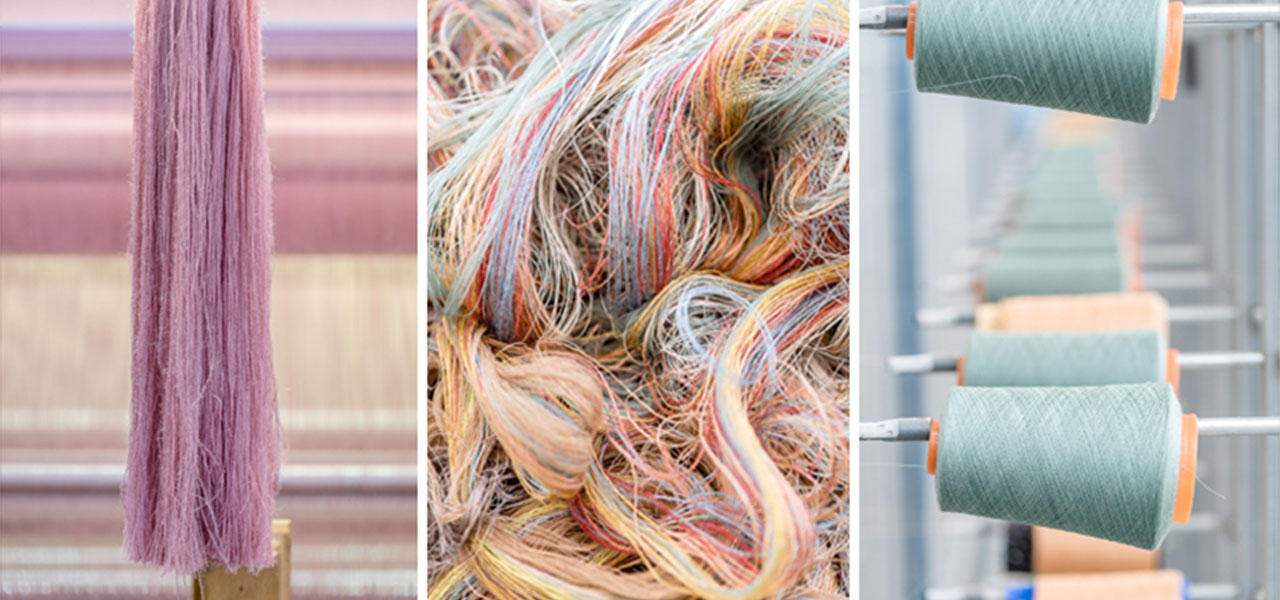
Since the inception l’Opificio has believed in the importance of creating sustainable products.
What do we do?
Reduction of waste
The company has chosen to propose long-lasting fabric and velvet collections to avoid the concept of “fast use” and consumerism.
The company has adhered to the circular economy concept and to the reduction of waste
A short vertical production line helps containing consumption and pollution caused by logistic
A cautious planning of the fabric and velvet stock allows to reduce waste
Up-cycling allows for new-life and value for left-overs: we create samplings and small gadgets or supporting charities requests
Long lasting collections, allow to overcome excessive consumerism
Improved quality check reduces to a
Reduction of Consumption
In terms of energy and water stewardship
Lifelong learning
l’Opificio considers the employees as a fundamental asset, as they are bearer of added value and competitive advantage, therefore it recognises them an adequate role and empowerment. Furthermore, it offers them the possibility of lifelong learning on- and off-line to maintain and improve their expertise.
Gender Equality
Since its inception, l’Opificio supports female employment also through the organisation of the work that implements a good balance between professional and private life.


This is the reason for which l’Opificio products do not contain formaldehyde, a highly toxic substance used in the textile sector as anti-crease. It is a harmful substance present in our homes, dangerous for our health.
l’Opificio doesn’t accept any compromise, therefore has developed alternative techniques to produce textile for interiors of the highest quality respectful of the human being and environment.
l’Opifcio textiles do not contain any formaldehyde or toxic substances.
Formaldehyde is the simplest aldehyde, it is a chemical formula CH2O or HCHO, and its CAS number is 50-00-0. In 37% aqueous solution is commercially called formalin. In these terms it can be confused with the generic definition of a chemical commonly used substance: in fact, it is for domestic use but with a very high rate of toxicity by contact and inhalation.
The International fellowships for cancer research, the IARC, have included it in the list of carcinogenic substances since 2004: the exposure to large quantities of formaldehyde is in fact potentially lethal.
For the reasons that we have just talked about we could think that the formaldehyde is banned from the commerce but unfortunately it isn’t. By law, using this substance is not allowed in great measure but the use in low dosages is permitted, so the danger for health is not reset.
It is used as a potent bactericidal in household disinfectants and in many products as glues, resins, solvents, insulating foams, in food preservative and (unbeknown of consumers) also in the textile production where it is employed to improve the dimensional stability and the crease resistance neglecting its harmful effects.